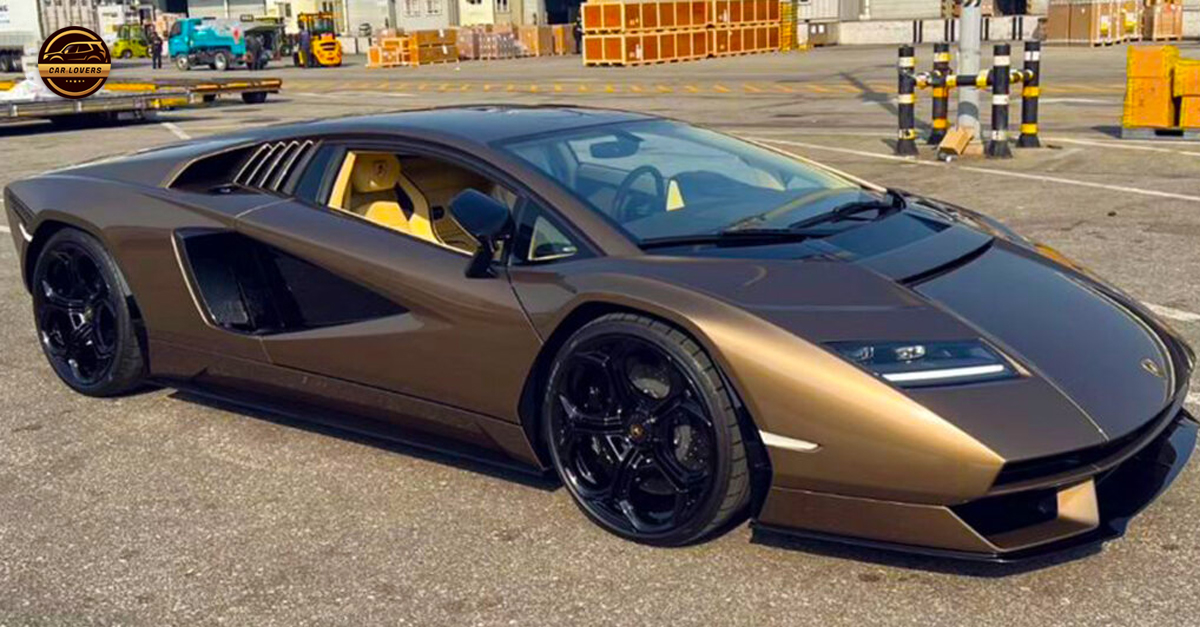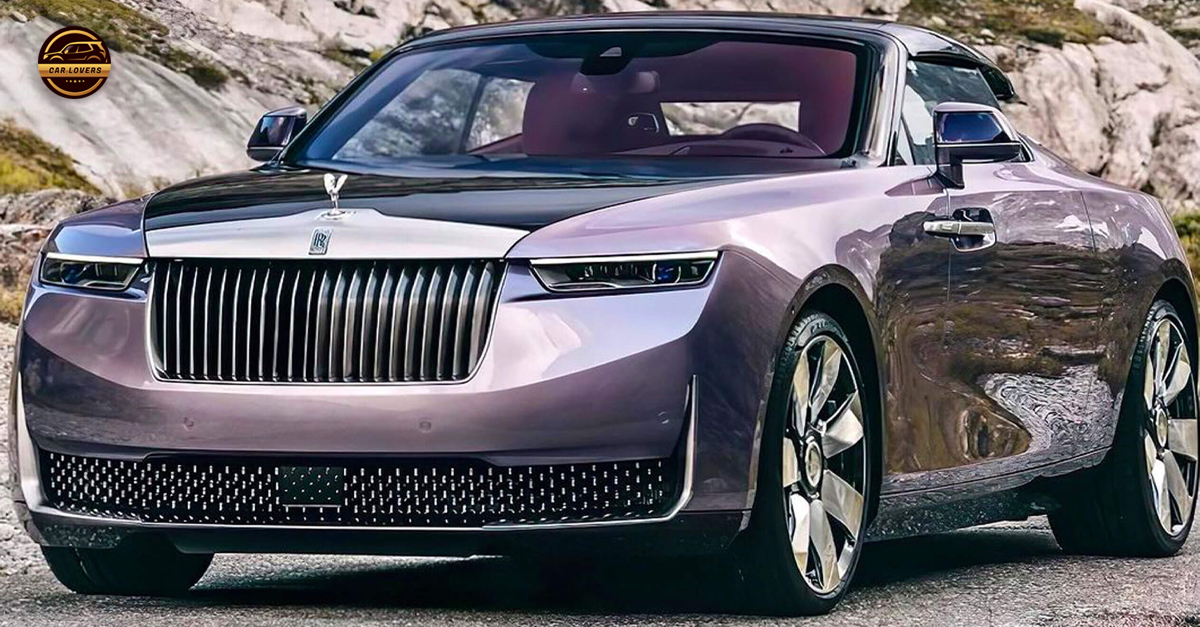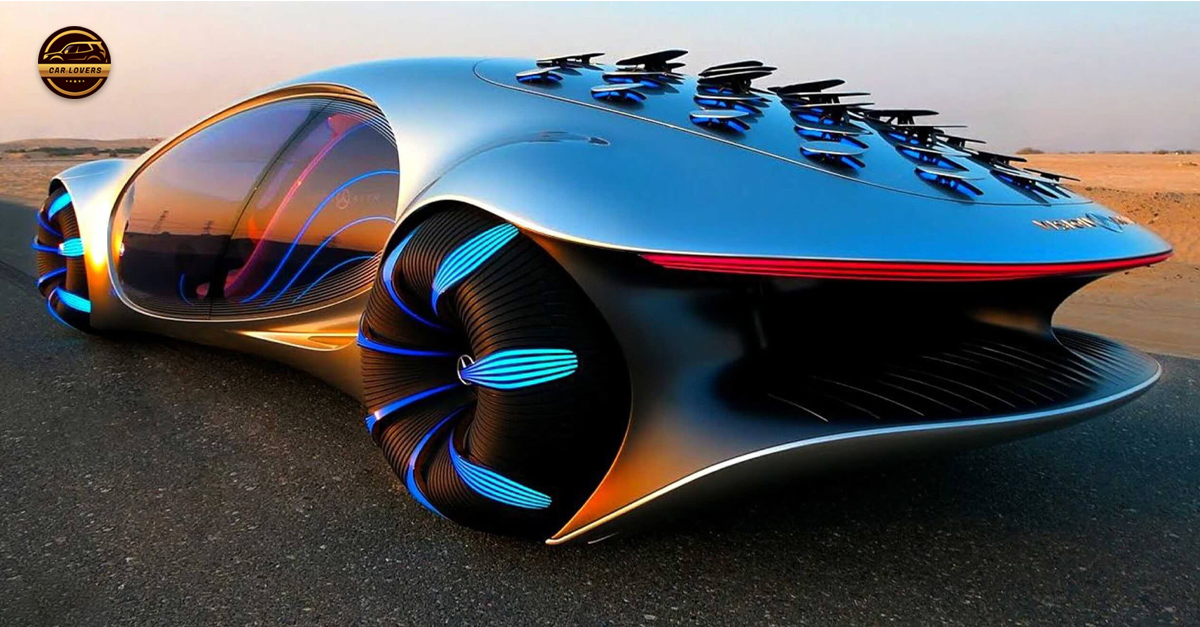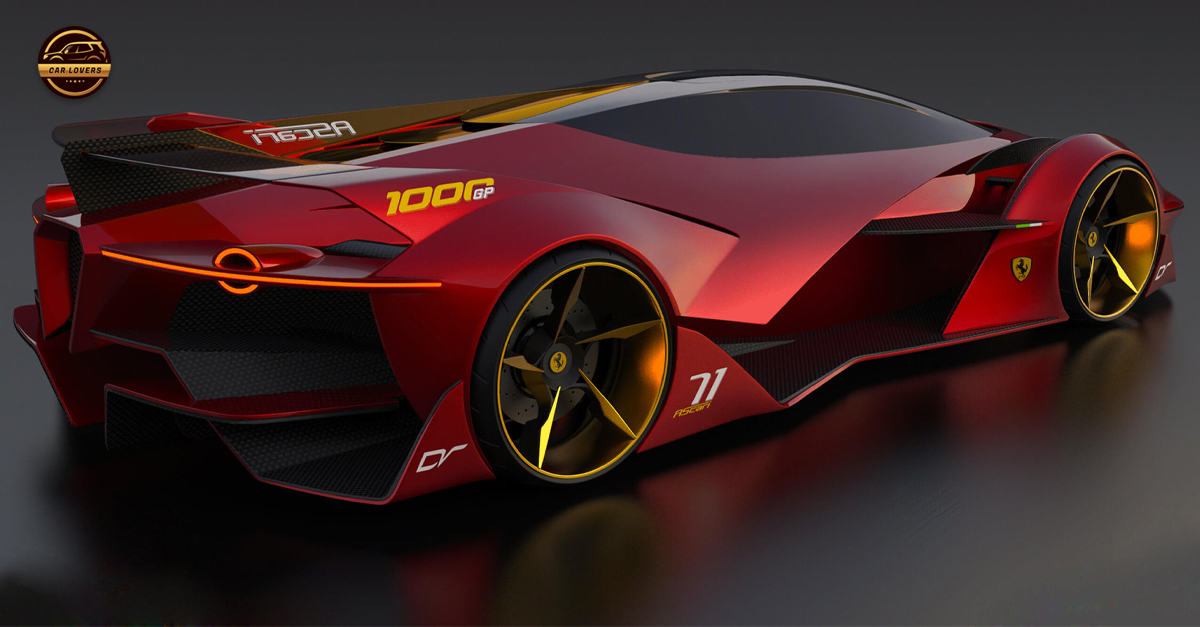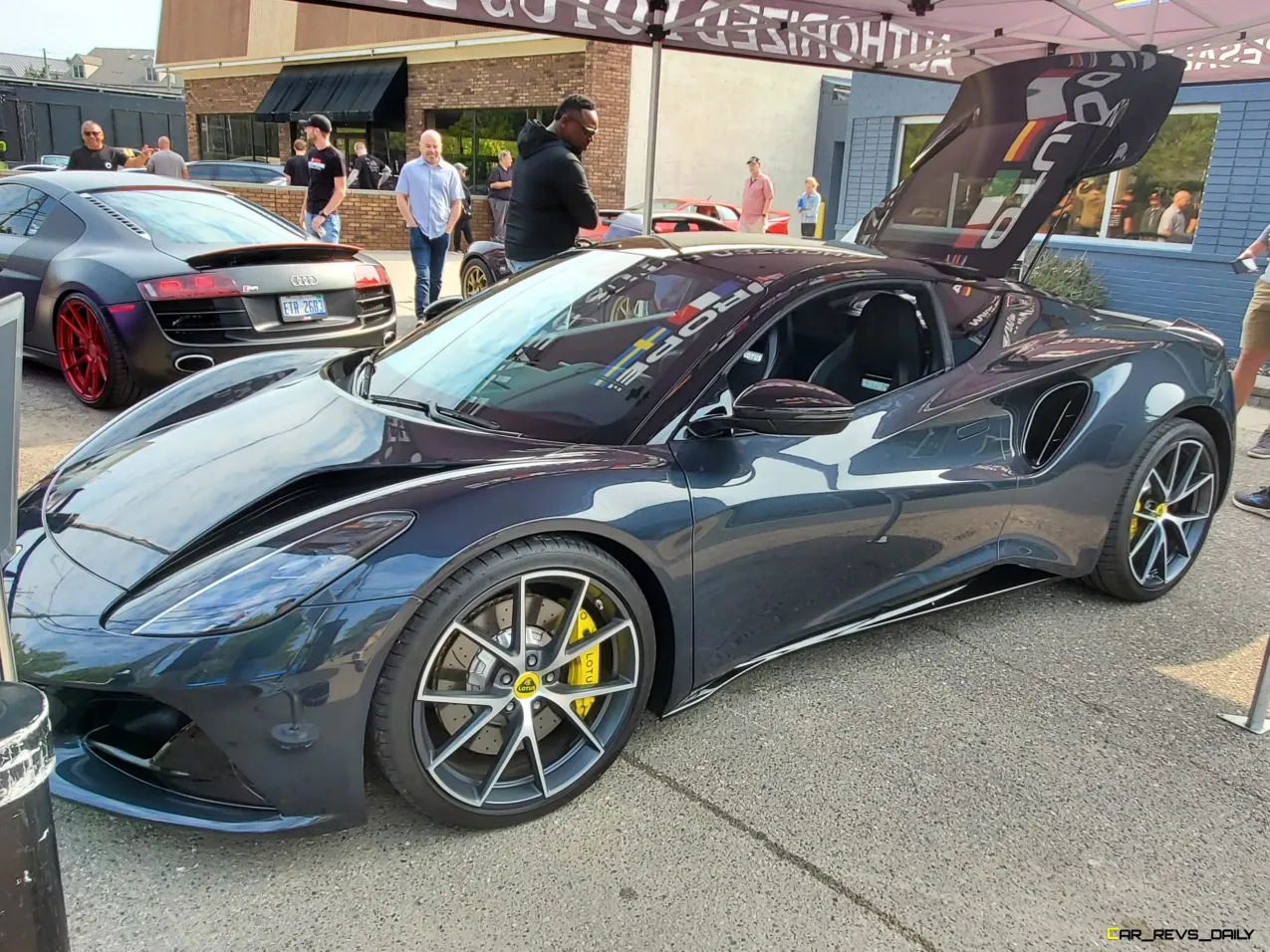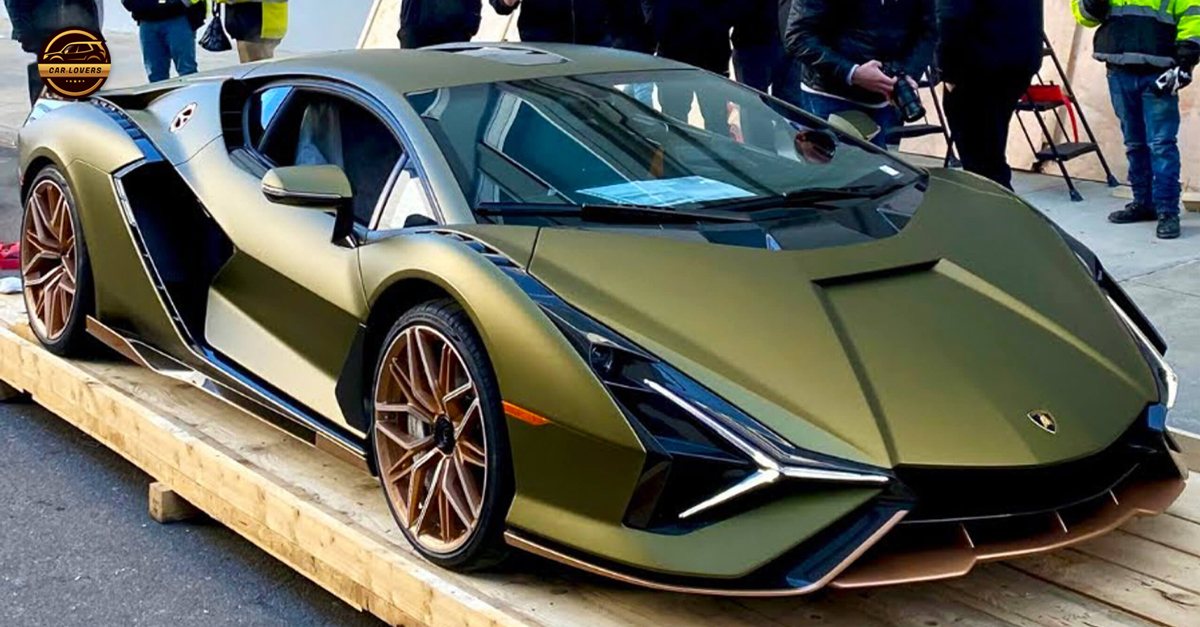First Report: Loud exhaust, lackluster mileage, and one big mistake.
We always love this time of year. Summer has faded away, the air has a nice crispness to it, and we’ve welcomed a new long-term test vehicle into our stable. After saying a fond farewell to our 2021 Four Wheeler SUV of the Year award-winning GMC Yukon AT4, we happily welcomed the new 2022 Four Wheeler SUV of the Year-winning Jeep Wrangler Rubicon 392.
![]()
At the risk of wearing out the phrase, Jeep’s new 2022 Wrangler 392, equipped with the company’s potent 6.4-liter V-8 engine, is the absolute pinnacle of what a Wrangler can and should be. To say we’re excited for the year to come would be an understatement.
We’ve got big plans for the next 12 months. Of course, there will be ‘wheeling—that one is a given. We’ll also report what it’s like to live with the V-8 Wrangler daily, which we suspect is what more people are going to be curious about. Without further ado, let’s get into it.
![]()
Unbelievably Powerful 6.4-Liter V-8 Engine
Tucked under the hood is the same 6.4-liter V-8 engine that has been used in other Stellantis group performance vehicles, including the Jeep Grand Cherokee SRT, Dodge Durango SRT, Dodge Charger 392, and more. It churns out 470 hp and 470 lb-ft of torque and is the most powerful Wrangler that Jeep has ever offered. Understandably, we’ve found the Wrangler 392 to be nothing but pure joy to drive. Power delivery is smooth enough that calm city driving is an easy task, and when throttle input is kept low the exhaust is incredibly quiet. For a high-strung performance vehicle, the Wrangler 392 is remarkably well-mannered. Need to merge in a hurry? The Wrangler 392 will run from 0-60 in 4.86 seconds, which isn’t much slower than the 702-hp Ram TRX. We may or may not have utilized this feature a time or two.
One of our favorite features of the Wrangler 392 is its active exhaust system. When cruising along at light throttle the Jeep is relatively quiet. Tip into the throttle a bit and the exhaust opens up, releasing a rush of excitement out of the quad exhaust tips. Looking for that great (read: loud) exhaust tone all the time? A simple press of the dash-mounted button activates the active exhaust system. Best of all, the Jeep remembers the last exhaust setting, so if you park it with the active exhaust on, it will stay on the next time the Jeep is started. Thankfully, we live in a neighborhood that appreciates loud cars and off-road toys. However, if you’re surrounded by killjoys, the Wrangler 392’s exhaust might ruffle some feathers. Even with the active exhaust turned to “good neighbor” mode (read: off), the Jeep starts with a rowdy burble, pop, and crackle.
![]()
Equipping a vehicle with the aerodynamics of a suburban house with a massive 6.4-liter, 470-hp V-8 engine is not without its downsides. If there’s one thing that we’ve learned this first quarter, it’s that there are really only two downsides to fitting a V-8 engine in a Wrangler, and neither is particularly surprising. From the factory, the 2022 Jeep Wrangler Rubicon 392 comes with an EPA fuel economy rating of 13 city, 17 highway, and 14 combined. For reference, a 3.6-liter V-6-equipped Jeep Wrangler is rated 20 mpg combined. This doesn’t take into consideration, however, the larger 35-inch tires, increased ride height, or 4.56:1 gearing of the Xtreme Recon package.
Over the course of our first three months and 5,200 miles we managed an average fuel economy of 11.92 mpg. Our best highway tank eked out just 14.85 mpg, and we saw a worst run of 9.26. Though not particularly impressive in an overall sense, being just two mpg under the EPA average isn’t really all that bad. In a practical sense, we put 436 gallons of premium gas in the Jeep during this time, costing $2,578. This works out to about 49 cents per mile in fuel cost alone.
Interestingly, with no change to our driving situation or style, we noticed that for the first 2,200 miles we could only muster about 10.5 mpg average per tank. After the 2,200-mile mark our fuel economy steadily increased to about 13.5 mpg average per tank and has remained there. Also of note: The Wrangler 392 doesn’t appear to care whether it’s driving in the city, up a mountain road, or in four-wheel drive on trails; there’s no discernable change to the economy it has been returning.
The second downside is the Jeep’s range. Returning less than 12 mpg with a 20-gallon tank means that we’re filling the Wrangler with dino-juice about every 225 miles. In our daily routine that’s about every four days. And we’ve also learned that the distance-to-empty meter is pretty spot-on, with zero miles left meaning exactly that.
![]()



